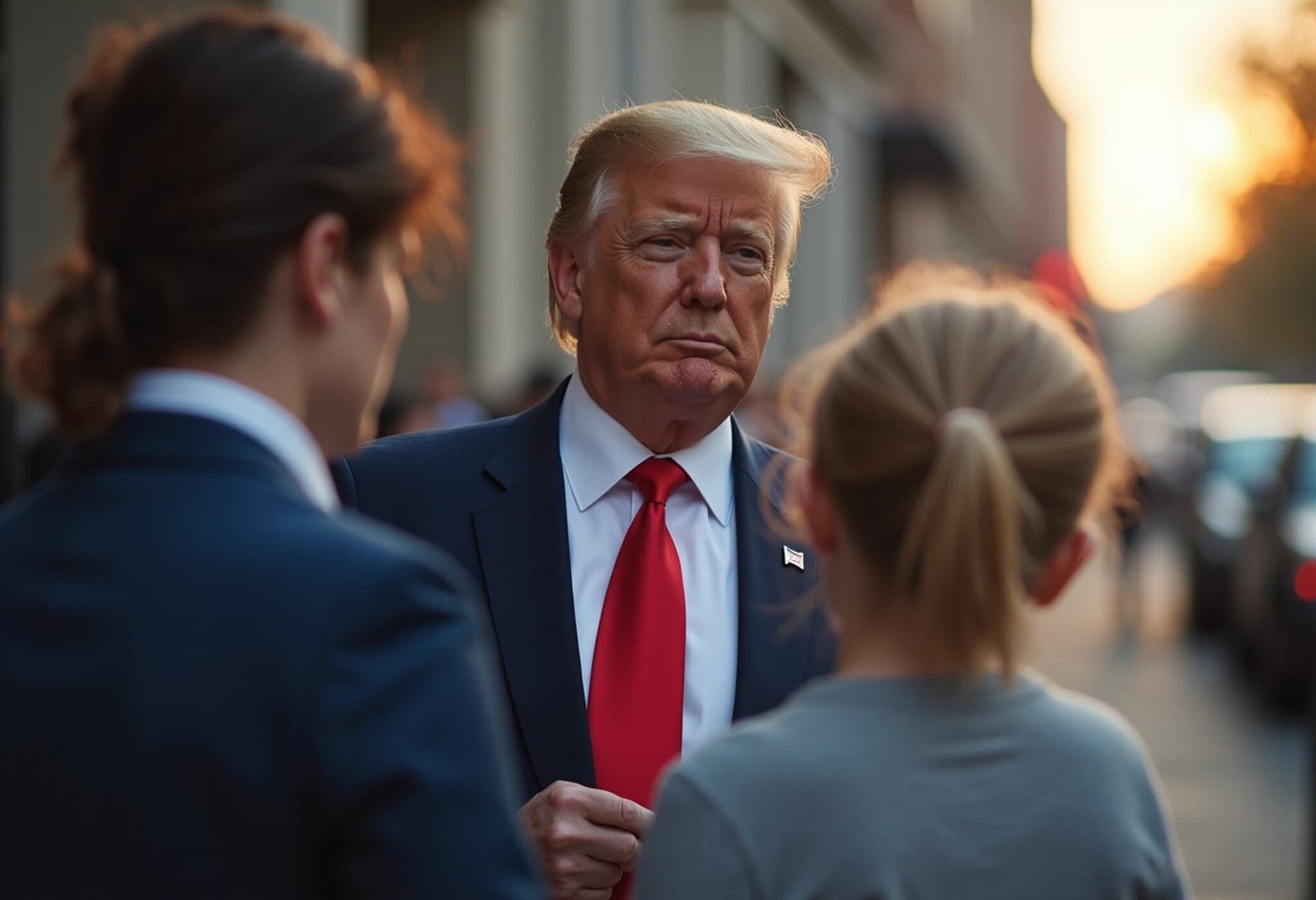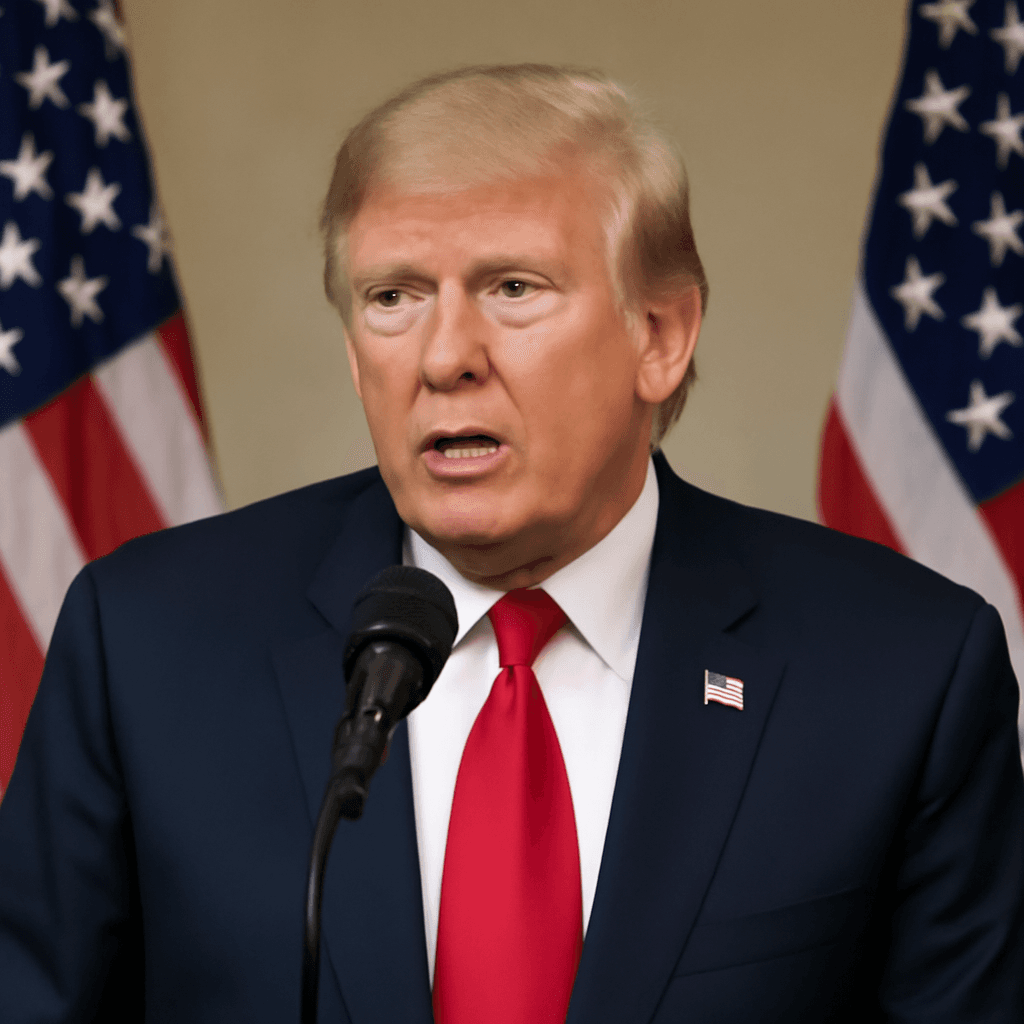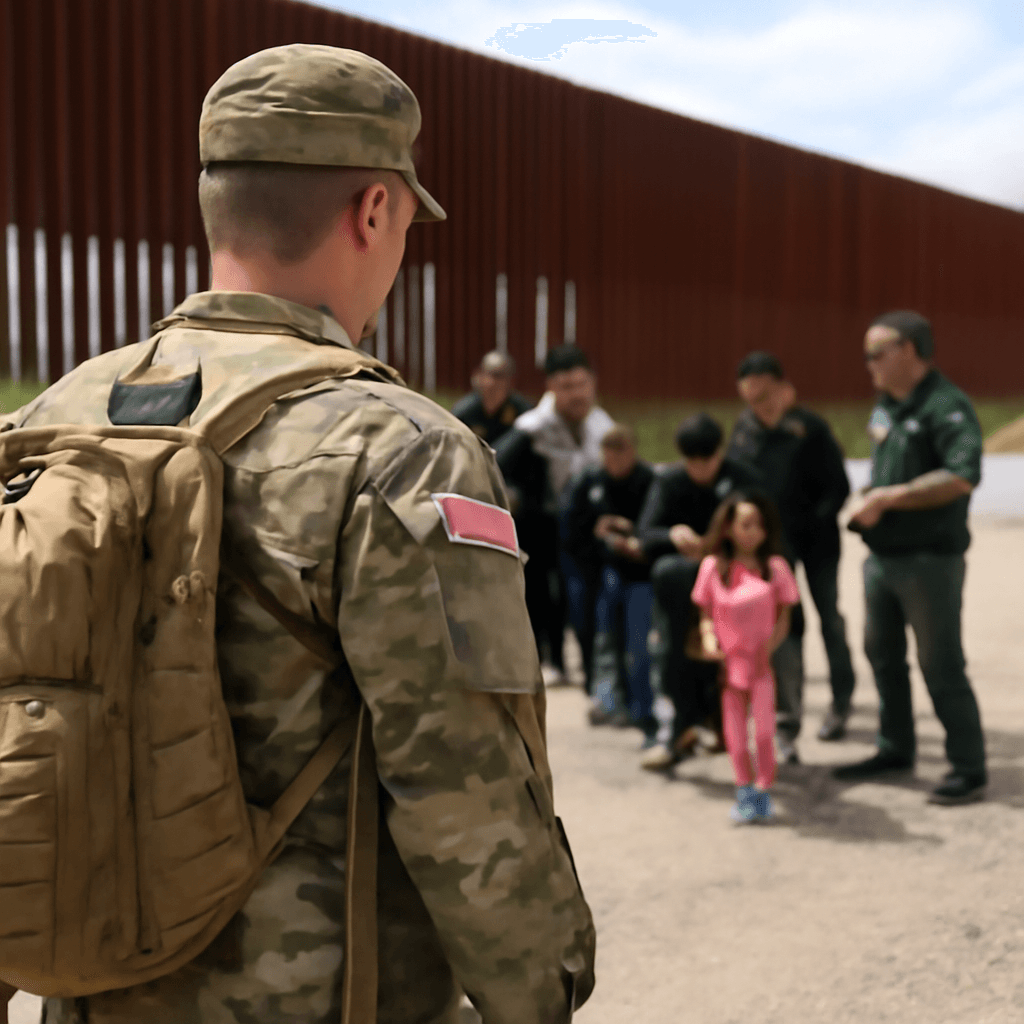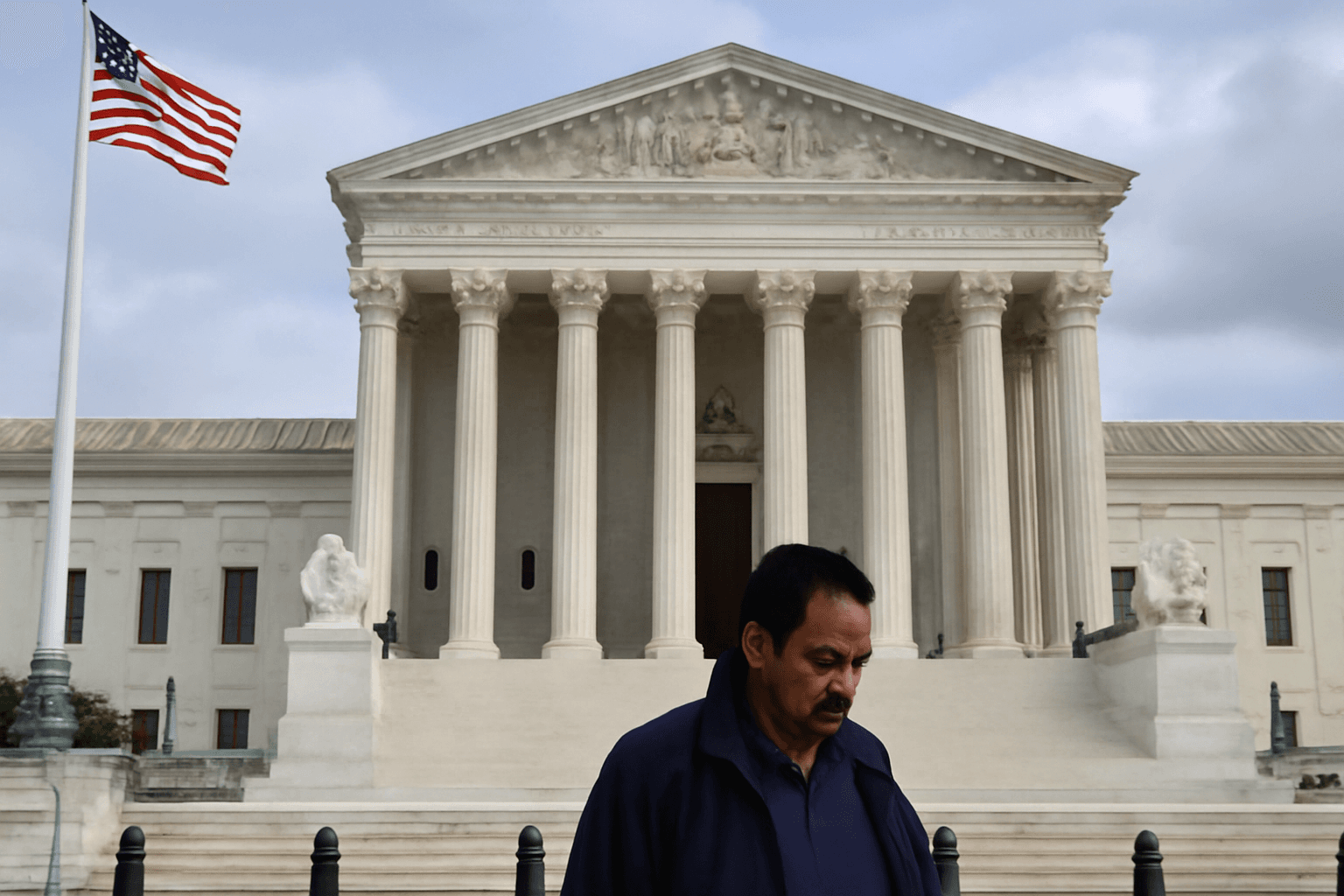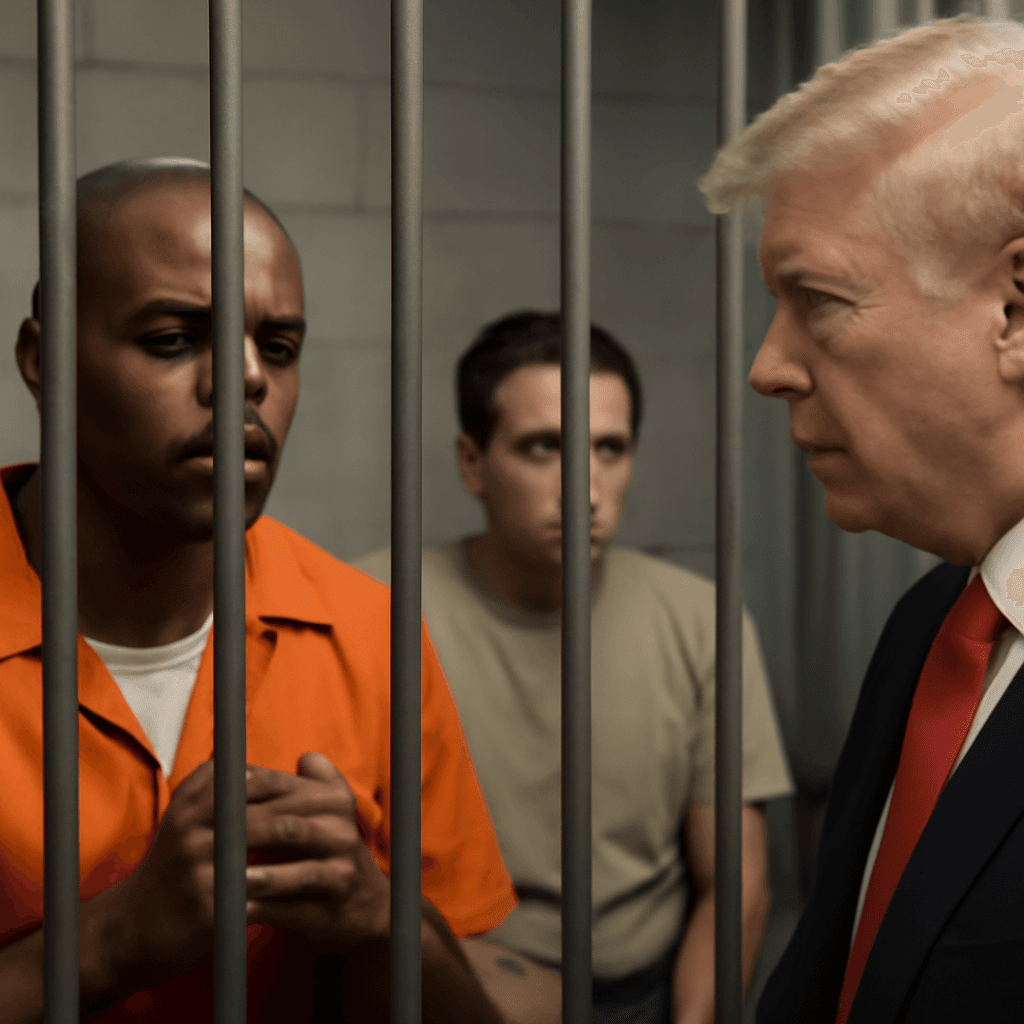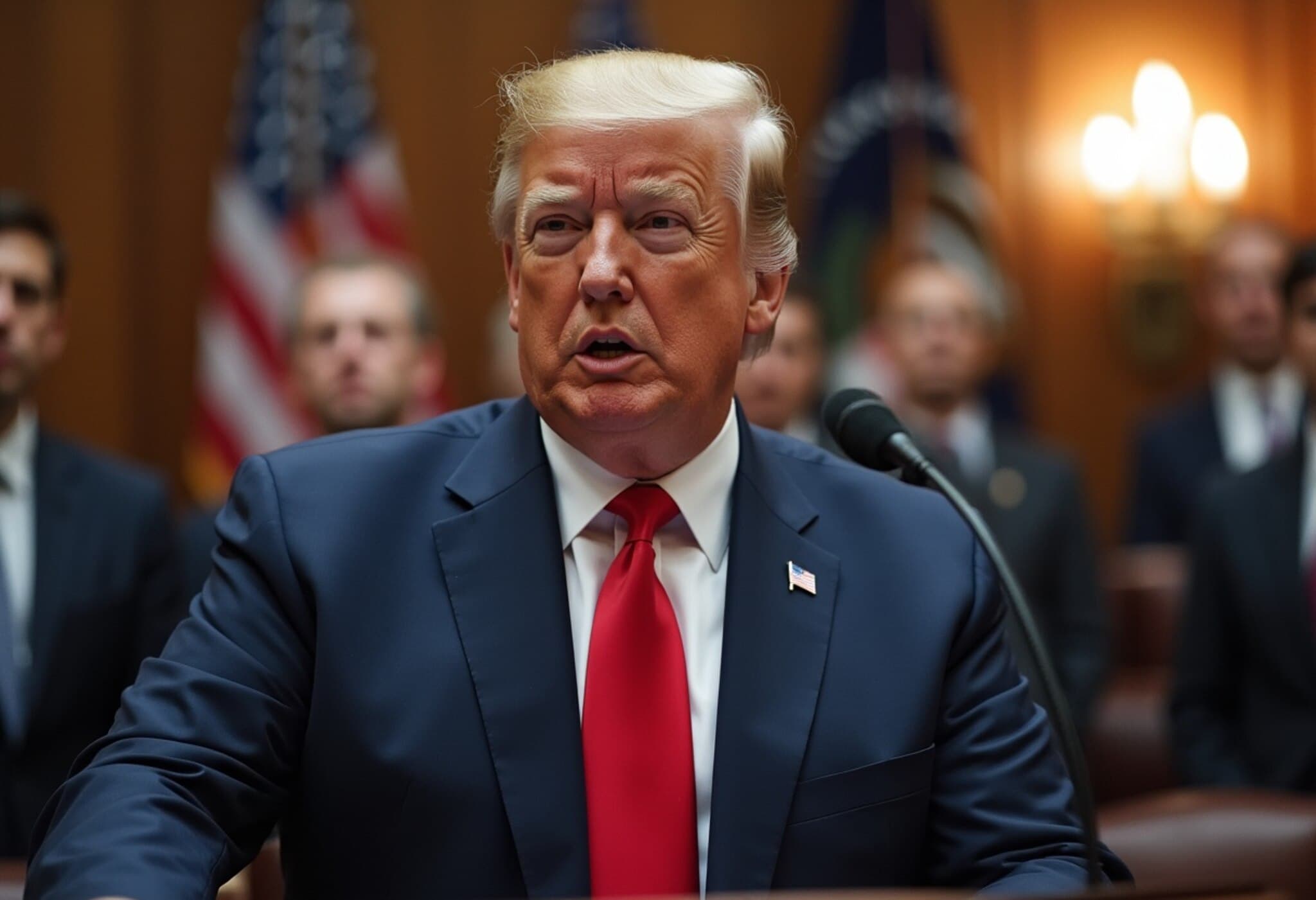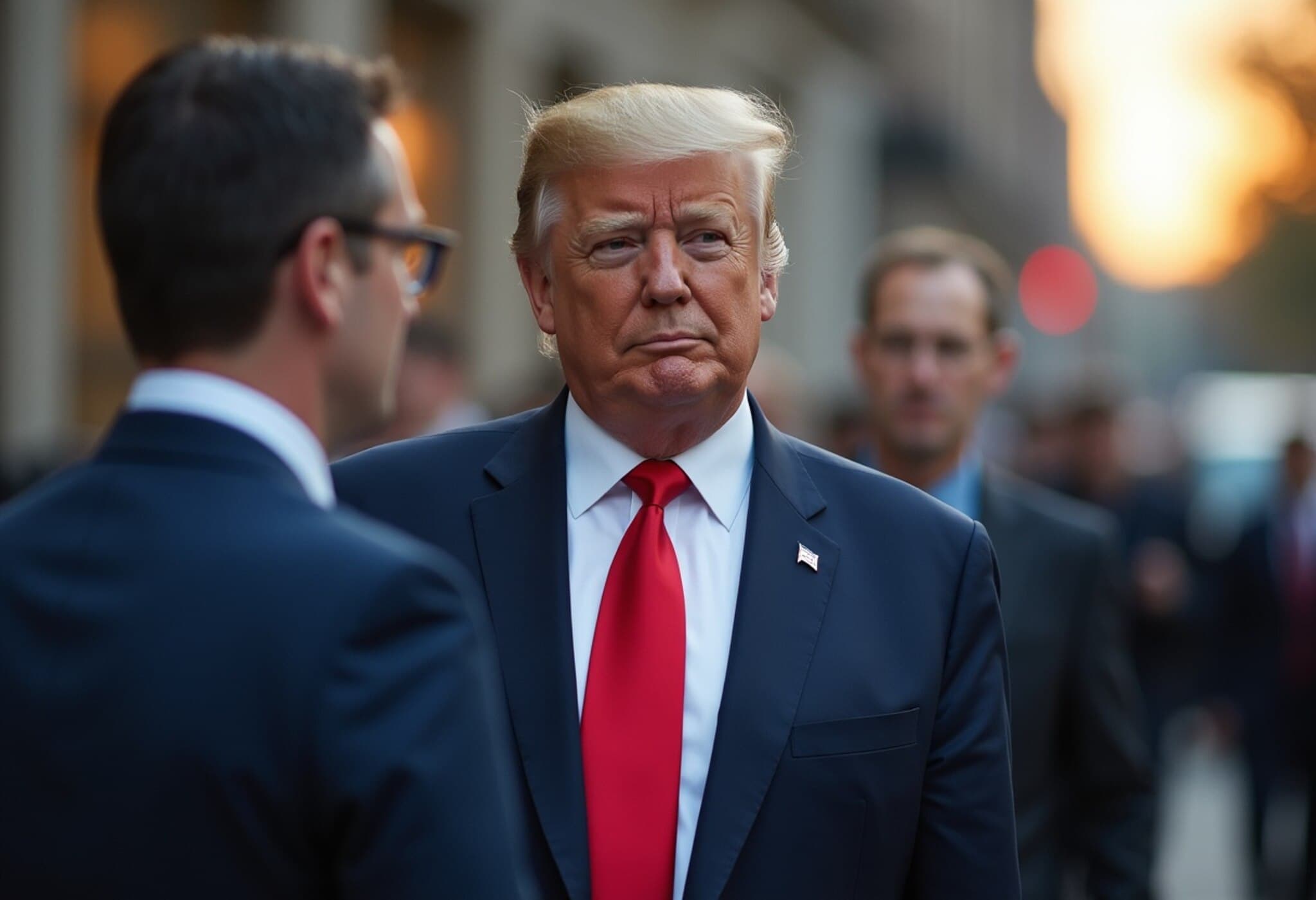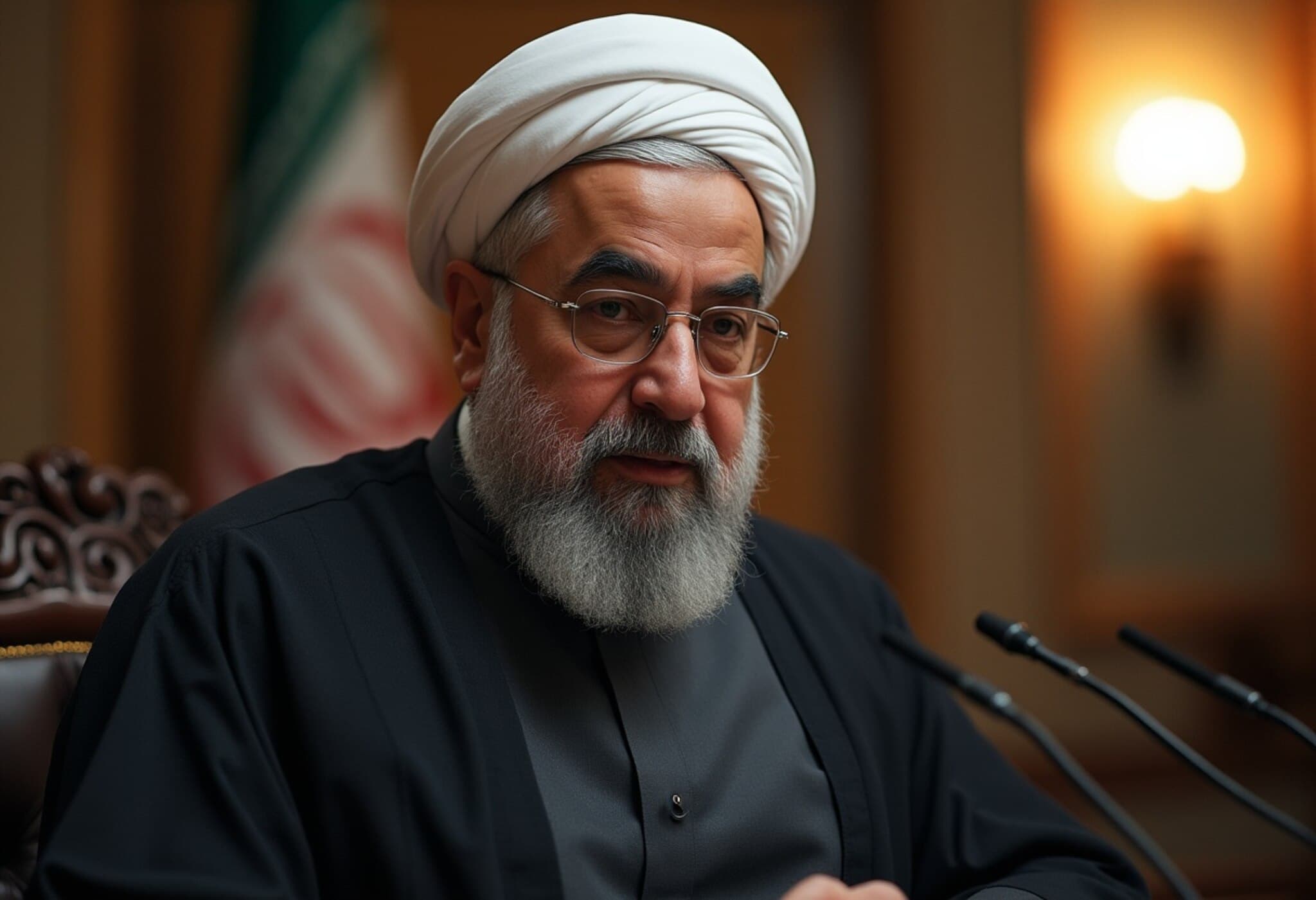USCIS Develops Plan to Restrict Birthright Citizenship as Per Trump’s Executive Order
In a move stirring significant debate within immigration circles, the U.S. Citizenship and Immigration Services (USCIS) has crafted a detailed implementation strategy aimed at narrowing the scope of birthright citizenship. This initiative aligns with an executive order (EO) signed by former President Donald Trump on January 20, 2025, which sought to restrict automatic American citizenship for babies born on U.S. soil.
Understanding the New Birthright Citizenship Proposal
Historically, the 14th Amendment guarantees U.S. citizenship to virtually anyone born on American soil, regardless of the parents’ nationality or legal status. However, President Trump’s executive order challenges this longstanding legal principle by stipulating that children born in the U.S. would only acquire citizenship automatically if at least one parent is a U.S. citizen or a lawful permanent resident (green card holder) at the time of birth.
In cases where neither parent holds citizenship or a green card, the newborn would inherit the same immigration status as the mother. For instance, if the mother is in the U.S. under a temporary visa or an unlawful presence, the child’s status would mirror that circumstance, potentially depriving them of automatic citizenship at birth.
Expanding the Exclusions: Beyond Diplomats
Currently, American law excludes children of foreign diplomats from birthright citizenship due to their parents not being subject to U.S. jurisdiction. The USCIS plan expands this exclusion to encompass children born to individuals present illegally or under temporary, non-immigrant visa categories such as H-1B workers or their H-4 dependents.
This change could profoundly impact countless families, especially among Indian immigrants, who often rely on H-1B and H-4 visas. Immigration attorney Cyrus D. Mehta, founder of a New York-based firm, explains, “If a child is born in the U.S. to parents on H-1B and H-4 visas, they would no longer receive automatic citizenship but instead be assigned the mother’s dependent visa status.”
Legal Hurdles and Unanswered Questions
The executive order is currently blocked by preliminary court injunctions citing constitutional concerns, particularly conflicts with the 14th Amendment. USCIS states it has prepared its implementation plan assuming the EO might be allowed to go into effect. This preparation underscores the government's readiness despite ongoing legal battles.
Experts warn of many practical and humanitarian challenges arising from this proposal. For example:
- What happens if the mother’s visa status is pending or ambiguous at the time of birth? Would the child’s status remain in limbo?
- Could a child born with unlawful presence face detention or deportation, despite being born on U.S. soil?
- How will this policy affect families caught amid lengthy green card backlogs, especially for Indian nationals under employment-based immigration streams?
Mehta notes, “The idea that a child, born on U.S. soil, may be deemed unlawfully present from birth raises serious ethical and legal dilemmas.”
Potential Impact on Immigrant Families and U.S. Society
If enacted, the policy could unsettle the lives of thousands of immigrant families, particularly in states with large Indian, Hispanic, and Asian American communities. Many children who would have otherwise been guaranteed citizenship might find themselves legally vulnerable, complicating their access to public benefits, education, and social integration.
This policy shift could intensify the already heated immigration policy debates in the U.S., touching on constitutional rights, immigration reform, and family unity concerns.
Outlook: Litigation and Future Implications
Several immigration lawyers and civil rights advocates maintain hope that the executive order will ultimately be struck down by the Supreme Court, labeling it unconstitutional. The 14th Amendment’s clear guarantee of birthright citizenship remains a cornerstone of American civil rights, and any attempt to curtail it faces steep legal obstacles.
Meanwhile, USCIS continues its preparations, signaling that federal agencies are positioning themselves for various legal outcomes. Immigration experts suggest close attention to pending litigation and legislative developments over the coming months.
Expert Insight: What This Means for Immigration Policy
The effort to narrow birthright citizenship marks a significant departure from over a century of U.S. legal interpretation. It raises critical questions about:
- The balance between sovereign immigration control and constitutional protections.
- The societal impacts on children born without recognized citizenship.
- How immigration policies intersect with economic considerations, especially for skilled-worker visa holders contributing to the American workforce.
For policymakers, this move could either trigger comprehensive immigration reform discussions or deepen partisan divisions on immigration issues.
Editor's Note
As the nation grapples with this potential shift in birthright citizenship law, it is essential to weigh the constitutional safeguards designed to protect equal rights against contemporary immigration challenges. The unfolding legal battle will likely set a precedent with far-reaching implications for immigrant families, civil liberties, and the fabric of American society. Readers are encouraged to follow ongoing developments closely, considering both legal arguments and human stories underpinning this highly contentious issue.

